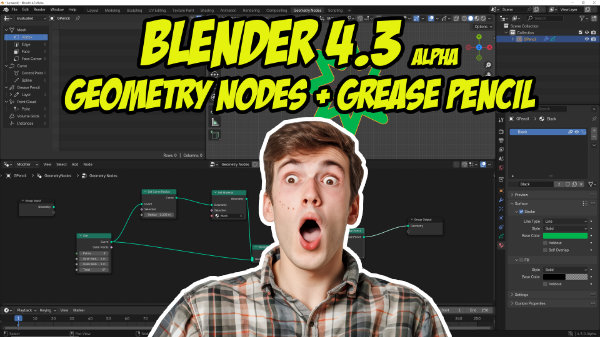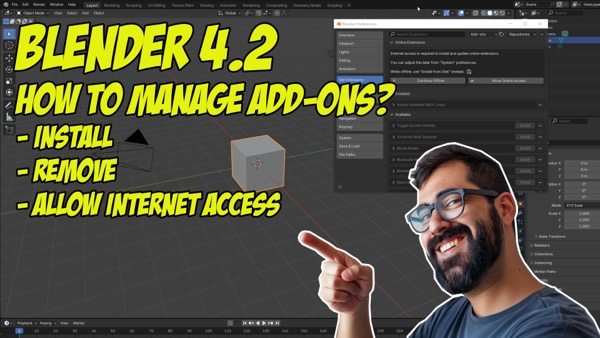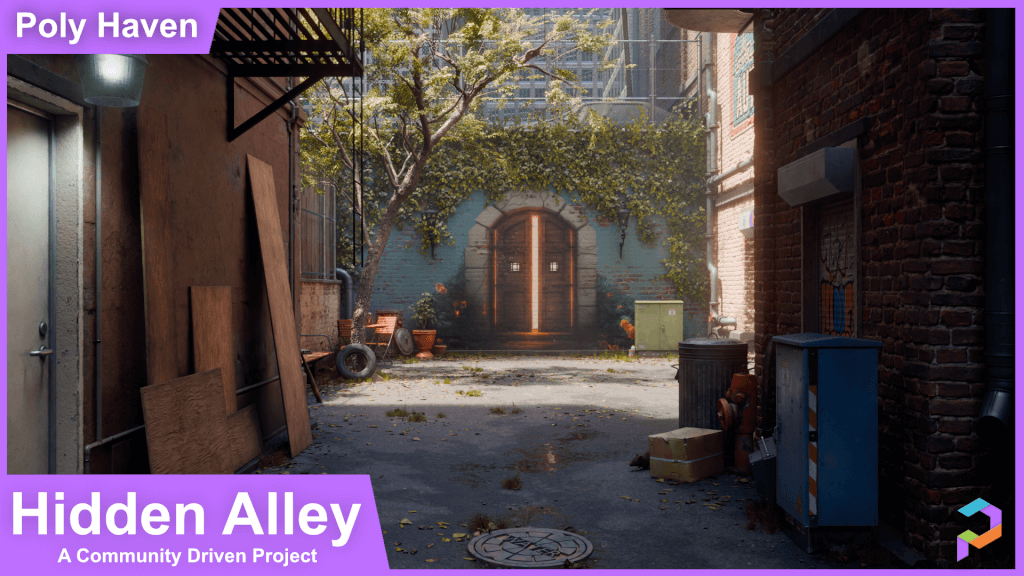
If you ever tried to create a scene with lots of transparent objects, like a room with glass planes and objects know how hard it is to setup a scene like this. Before we start to think about get close to the final setup of the scene, all materials and reflections must be created to represent a realistic glass material. This is the secret to create a good glass material put something along the scene to generate reflections! In my classes about materials and rendering, I always try a small exercise with my students related with glass setup. The objective of the exercise is to create a glass of colored liquid, and place it into an infinite background.
As the result of this exercise, most of the students don't realize that in order to get a good reflection effect, it's not a matter of set a slider to a maximum reflection at the materials options. There must be something behind the camera to be reflected.
A few days ago I found a great video tutorial showing how to model and render a scene with something similar to a glass of wine. The tools used to create the scene are Blender and LuxRender for the materials and scene setup. The tutorials are separated in two videos, with the first one showing the modeling and the second is about LuxRender.
Even if you already know how to model a scene like this, the second video will show how to create a studio setup scene. One of the solutions to create objects behind the camera to be reflected by the glass is to use a studio setup. A scene like this resembles the way professional photographers use to shot people or objects at a studio. The big planes used to generate the light of the scene make a great solution to generate reflections.
Well, is this related with architectural visualization? Of course it is!
In projects for interior visualization we have to model and place lots of objects around to fill the empty spaces. For scenes like a dining room, we must add a lot of transparent objects with multilayered transparency. With a good overview of how it works, you will be able to create materials like this really fast!





Nice tutorial. A thing to watch out for is that the surfaces of the fluid and the glass will never completely match (even if you use the same faces) so this only works if you make sure there is a slight gap between the fluid and the glass, otherwise you get rather obvious artifacts. Luxrender also doesn’t keep track of the index of reflection the way you’d expect.
The only way to make it look completely right is to have a ‘boundary between glass and fluid’ material for which you calculate the IOR manually.
Rockin. I have been looking for something like this. great 2nd video.